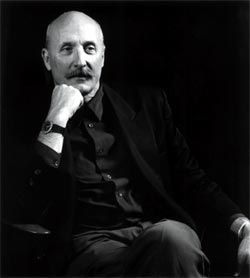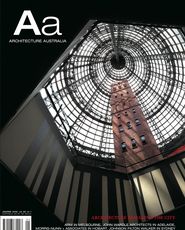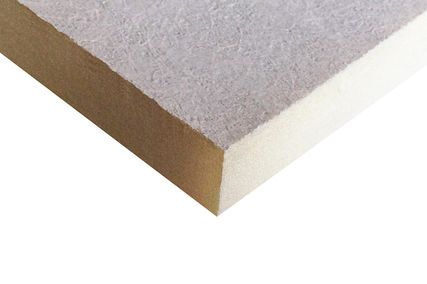RENEWAL

It’s interesting, the sense of renewal we feel around New Year’s Eve. Obstacles encountered over the previous 12 months fade into the past, and we look to the new year awash with resolutions, optimism and hope. 2006 fills me with just that – a genuine optimism for the profession, and through our profession, hope for Australia’s built environment and, through that, for Australians generally.
My enthusiasm comes in part from signs that, after much lobbying from the RAIA and the architectural community, governments around the nation are beginning to show real commitment to better understanding our built environment. In a clear demonstration of this, Victoria starts the new year with the appointment of a State Architect. This follows similar moves in the Northern Territory last year and in Western Australia in 2003. The Victorian Government has a pivotal role to play in the creation of quality built environments, and this new appointment will ensure better outcomes for all Victorians. We will continue to lobby the ACT, South Australia and Tasmania for similar appointments, and the Federal Government for the appointment of a Commonwealth Architect.
While this last position may be some time coming, the Federal Government is offering encouraging signs of hope on other fronts. Tabling its report on the results of the Sustainable Cities inquiry late last year, the House of Representatives Environment Committee called on the government to take a leadership role in developing a blueprint for more efficient and sustainable cities. They outlined 32 recommendations to aid Australia’s move towards a sustainable future. In this report, we have for the first time a truly cohesive, bipartisan, visionary document with solid industry support from the RAIA, the Planning Institute of Australia, the Property Council of Australia and other peak bodies. It represents a tremendous step ahead, and I look forward to the Federal Government’s response to this challenge. The issues raised in this report paint a bleak picture of a country wallowing in unsustainable practices, and a nation that needs to address these issues today. This urgency is captured in the RAIA’s 2006 National Conference, aptly titled ‘the future is now!’ Creative Director Stephen Varady’s theme is based on his belief that “architecture is a forward-looking endeavour in which we attempt to clear a path for others to follow”. He firmly believes that architects devise new strategies, hypothesize new approaches, and as often as possible create new examples of environments for living, working and playing. In selecting speakers, he has approached architects who are addressing the future in different ways, with different means, and with very different philosophies. They are all known for their visionary ideas, and positive and inspired approaches to the future of architecture. These speakers will act as catalysts for discussions on the future of housing, urban design, social and cultural issues, and the environment.
Three high-profile international speakers had been confirmed at the time of going to print. The first is Wolf D. Prix of Coop Himmelb(l)au. For almost 40 years, partners Helmut Swiczinsky and Wolf D.
Prix have agitated, explored, challenged, explained, sketched, modelled, and eventually built wonderful projects across the world. They have walked the often-uneasy path between theory and practice, always looking beyond the past and present to an architecture of the future, debating vehemently along the way. They’ve been quoted as saying they “want architecture that has more to offer”, “architecture that bleeds, exhausts, that turns and even breaks … that glows, that stabs, that tears and rips when stretched”. With a series of new projects in Germany, the USA and South Korea, Coop Himmelb(l)au have a great deal to tell us about an architecture for the future.
Many members will be familiar with Rural Studio, founded by AIA Gold Medallist Samuel Mockbee and Dennis K. Ruth in 1993 within Auburn University’s School of Architecture. Rural Studio simultaneously addresses the issues of architectural teaching, social conscience and building with limited means within one of the poorest communities in the United States – Hale County in Alabama.
We’re pleased to announce that director Andrew Freear will join us as a key speaker at the conference.
Following Samuel Mockbee’s death in 2001, Andrew became director and continued and expanded upon the original programme. Rural Studio may well be pointing a way towards a future for architectural education and the creation of socially conscious buildings.
Roman Delugan of Viennese firm Delugan _Meisl will also join us. Established in 1993, the practice has shown its prowess through a series of successful, mostly high-density housing projects in Austria.
Through these projects they explore future possibilities for living, particularly with their social housing and mixed-use projects. Their work reflects a broader design sensibility, a sense of humour and a range of influences from Charles and Ray Eames to Future Systems. Roman will elaborate on his thoughts about housing, urban design and the future.
There are other excellent Australian and international speakers who will come to exchange their ideas, learning and experience. I encourage you to join us. For more information log on to www.architecture.com/thefutureisnow!
BOB NATION FRAIANATIONAL PRESIDENT RAIA















